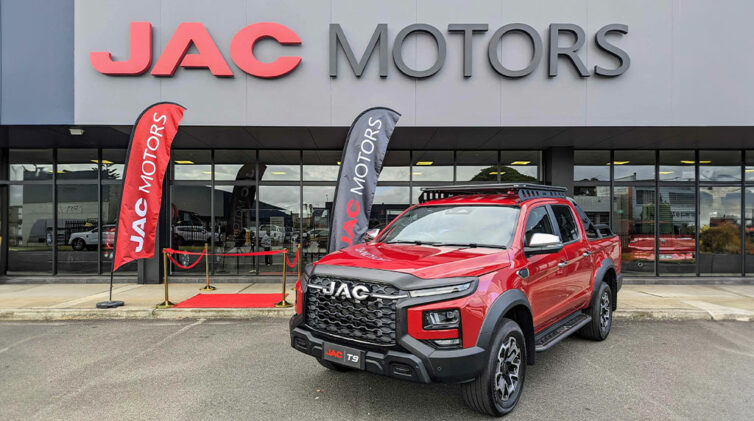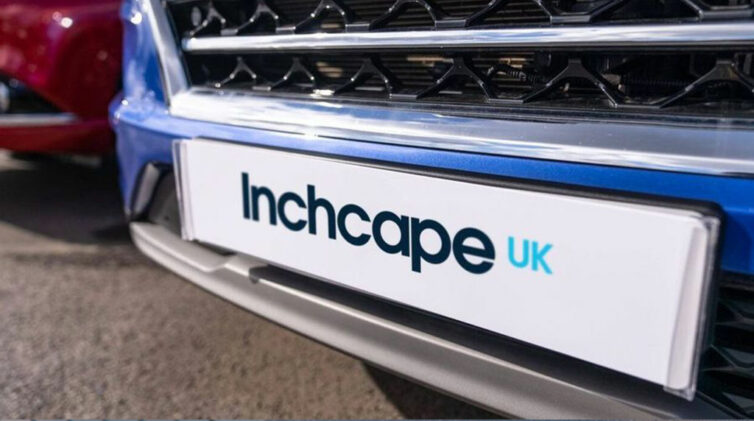As they look at their current used-car inventories, dealers around the world are getting nervous, and here’s why:
- As used-cars prices have increased, so have dealers’ inventory costs. The rise in the cost of used cars not only inflates wholesale interest costs, but it also has the potential to price used vehicles out of dealers’ marketing comfort zone and customers’ sweet spot
- Used-car inquiries have dropped by as much as 40 per cent in some markets, resulting in lower sales. In the words of one dealer I spoke with, “Someone has turned off the tap.”
- Due to increased prices and high interest rates, used-car payments appear to have hit a ceiling. In the U.S., it’s estimated that the average used-car payment at a franchised dealer is almost $800. That was a generous new car payment just two short years ago!
- Worst of all, after two years of steady increases, used-car values appear to have peaked back in March, and since then, they have declined as much as 6 per cent in some markets.
Whereas volume and per-unit gross profit were traditionally the measurements of used-car success, today it’s all about inventory turn rates and a concept some industries call “profit velocity.”
Profit velocity refers to how many times your investment turns and the multiples of returns.
For example, a dealer might have a premium used car that cost $65,000. This premium piece might take 60 days to sell, but the $5000 gross profit it generates makes the longer turnaround justifiable.
On the other hand, a $35,000 unit may only generate $3000 gross profit, but it turns in 21 days. From a raw capital investment, the $40,000 unit has substantially higher profit velocity.
Inventory turn or “days in stock” is typically measured by the number of days it takes to sell the average used vehicle from purchase (trade-in or auction) to delivery.
From a fixed-operations perspective, a higher turn rate means more business for the parts-and-service department, because it provides an increased number of reconditioning opportunities and warranty repair orders.
From a portfolio perspective, a higher turn rate means a growing portfolio of customers to sell to again, a higher volume of extended service contracts, and more trade-ins.
It’s also common knowledge that fast turn rates also protect dealers from market instability in which used-car values can plumet quickly—which might just be the case in today’s market.
Since turn rate is fast becoming the holy grail of used cars, here are four tried-and-true best practices from the Absolute Results Used-Car Playbook:
- You make money when you buy the car; not when you sell it, because although you may have two or three opportunities to sell it, you’ll have only one to buy it.
- Every seven to 14 days, physically move and reprice every used vehicle on your lot, putting the oldest units in the highest traffic points. Make sure that units over 30 days have a common price indicator, such as all ending in “7,” so that these “must-sell units” are easy to spot.
- Every 30 days, do an inventory audit, taking your oldest used vehicles and reevaluating their cost, considering what you would pay for them today. If they’re still in stock another seven days later, it’s time for aggressive pricing
- To further incentivise sales of aging stock, adjust your compensation or bonus plans.
If you’ve already had units over 45 days or if you feel any may be over-priced, here are three strategies to sell them before they become a bigger problem:
- Run a used-vehicle portfolio marketing campaign event every month. Starting with your 25 oldest units, analyze your top past trade-ins on similar models. Select 10 to 20 past customers for each of these vehicles, and either send an offer or invite them to an event.
- If you have automated valuation and matchmaking marketing software like Drive AI, use it to send out used-car upgrade offers for every customer in your portfolio who’s driving a vehicle that’s three years or older, and then make sure to call every customer who clicks on or opens the marketing.
- Double down on training your used-car sales team on appointments and test drives. They can no longer sell based on price or scarcity. Instead, they’ll need to aggressively turn every lead into an appointment, and every showroom visit into a test drive.
Used-vehicle sales will continue to be the greatest growth opportunity for retailers, especially if the agency model continues to expand globally. Perhaps that is one of the reasons why every publicly traded auto group in North America is aggressively investing in used vehicle footprints – online and off.
Growing used-vehicle sales gives retailers the opportunity to grow their secondary service market (after-sales revenue to customers past the three-to-four-year factory warranty).
With an influx of EVs on the way and aftersales warranty revenue predicted to decline by 45 per cent, that secondary market will be the next frontier for dealers who want to grow both their customer portfolio and their profits.
Change takes time: these developments will happen over the next five years, but sales teams won’t be able to adapt to them unless they start preparing now.
Jeff Williams is the president & CEO of Absolute Results Productions
By Jeff Williams















 Read More: Related articles
Read More: Related articles

